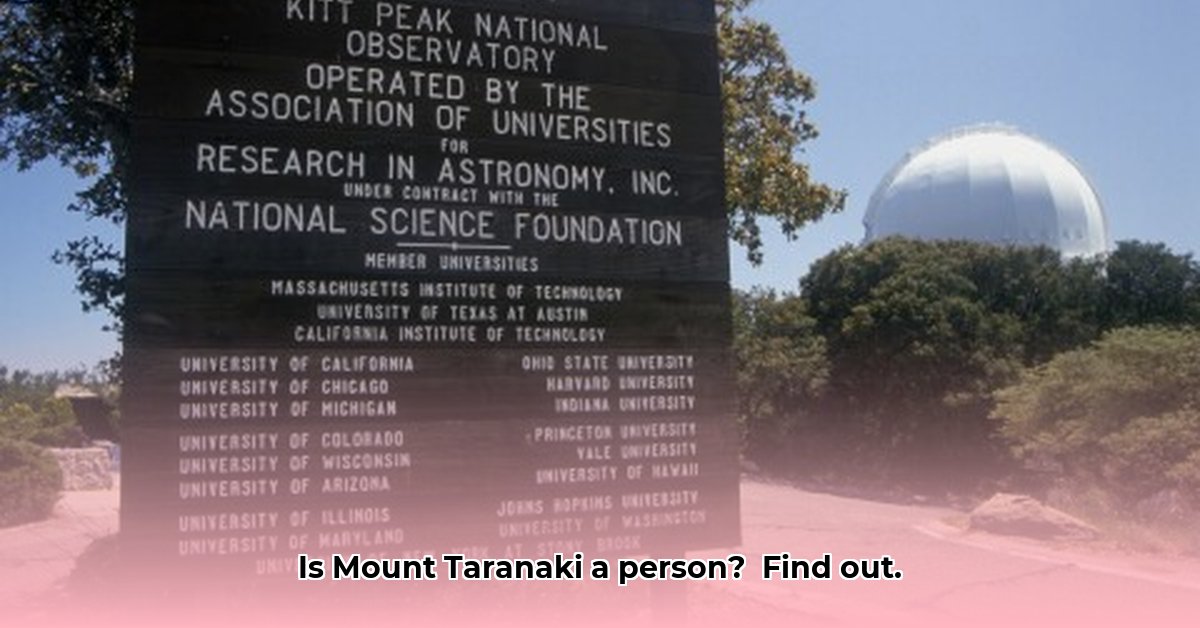Māori Rights and the Treaty of Waitangi: The Foundation of Personhood
The recognition of Mount Taranaki (also known as Taranaki Maunga) as a legal person in 2025 represents a landmark decision in environmental law and indigenous rights. This wasn’t merely a symbolic gesture, but a significant legal shift based on the deep spiritual and cultural connection between the Māori people and the mountain. For generations, Taranaki Maunga has been a sacred ancestor, not just a geographical landmark. But how did historical injustices pave the way for this legal victory? The Treaty of Waitangi, New Zealand’s founding document, plays a crucial role. While interpretations vary, the core principle of Māori inherent rights to their ancestral lands is central. Granting personhood to Taranaki Maunga is a significant step towards reconciliation, acknowledging past wrongs and striving for a more just future. This legal recognition reflects a broader global trend towards recognizing the rights of nature, echoing similar initiatives in other countries.
Building on Precedent: From Rivers and Forests to Mountains
New Zealand has been at the forefront of granting legal personhood to natural entities. The Whanganui River and Te Urewera forest, both granted legal personhood before Mount Taranaki, serve as important precedents. These legal victories established a framework for recognizing the intrinsic value of natural entities and their interconnectedness with indigenous cultures. They provided a roadmap for the legal arguments supporting Taranaki Maunga’s personhood, demonstrating that this concept wasn’t radical but a growing legal trend. How many other natural entities might be granted personhood in the future? The Taranaki Maunga case sets a compelling example.
The Challenges and Opportunities of Personhood: Balancing Interests
Granting personhood to Mount Taranaki raises complex questions about implementation and the balance between various stakeholders. The mountain’s legal status necessitates a framework for decision-making that involves Māori communities, government agencies, tourism operators, and conservation groups. How can these diverse interests be effectively managed to ensure the mountain’s long-term well-being? While challenges remain, the recognition of Taranaki Maunga’s personhood also presents unique opportunities for sustainable management, cultural preservation, and a deeper understanding of the relationship between humans and the natural world.







